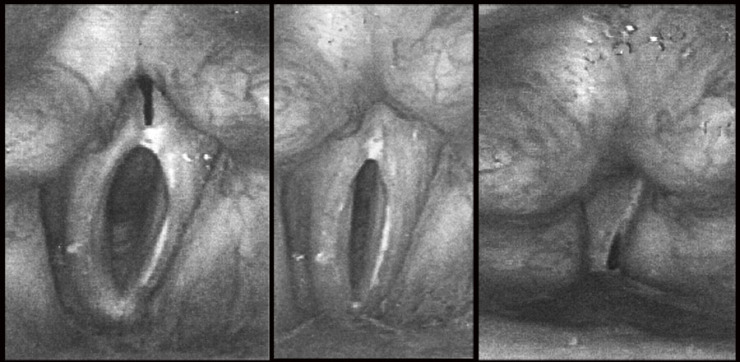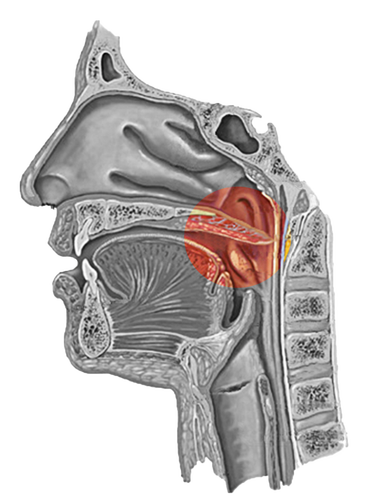Well in this article I will talk about the Anatomy of equalisation and therefore of the Glottis and Soft Palate and how we use them when we equalise.
Let’s start by saying that, the Glottis is the empty space between the vocal cords.
In fact, the glottis is the air that delimits the position of the vocal cords.
This has three positions, Open, Half-closed and Closed.

An important thing to say is that, during a dive the glottis is for 80% in the closed position and 20% semi-closed, so we must acquire a good awareness of the positions to succeed then in a good management of the equalization technique.
So now let’s start learning these positions:
Glottis Open
Now inhale and exhale with your mouth open and your tongue out. Be careful not to make any sound. Air comes in and out of the mouth and then from the lungs. You can hardly feel the flow of air passing through but we perceive the air that is going to fill the belly when we inhale and the belly that deflates when we exhale.
Glottis Semi-Closed
Now inhale and exhale with your mouth open and your tongue out. Be careful now you have to emit a sound like a whistle during the breathing. Now it is very clear the passage of air because we have the semi-closed position of the vocal cords and the glottis.
Glottis Closed
Now inhale, with your mouth open and your tongue out, and then you have to hold your breath. So now if we can keep the air with the mouth open and the tongue out there is something that does not allow the air to escape from the lungs and that something is the closed glottis.
Another exercise to understand the closure of the glottis is to exhale all the air from the lungs and pull the diaphragm up. Hold the diaphragm up and you will notice that a hole is created at the throat and this is a confirmation of the closure of the glottis.
Soft Palate.
The palate is none other than the upper part of the oral cavity, constituted by an initial bone part and then called hard palate and the part without terminal bone called the soft palate.
Well now let’s clarify the positions of the soft palate. The soft palate has two positions,
Open and Closed.
-

opened -

closed
During a dive the soft palate must always be in the open position and never closed because otherwise we can not equalise because the soft palate connects the oral cavity and the nasal cavity.
So now let’s go to understand and improve our awareness of these two positions.
It is very difficult to be awareness of these two positions but with some exercise it certainly improves.
A classic example to begin to understand the soft palate and that of snoring, when we snore the soft palate vibrates and passes from the closed position to the opening position.
Soft Palate Open
Now mouth closed and inhale and exhale from the nose.
Soft Palate Opened-Closed
Staple your nose, Inflate your mouth with air. Now remove the fingers from the nose.
If the air escapes from the nose then the soft palate is open, whereas
if the air does not come out of the nose then either the palate is soft
and closed or we have the back of the tongue at the top and the air does
not escape.
